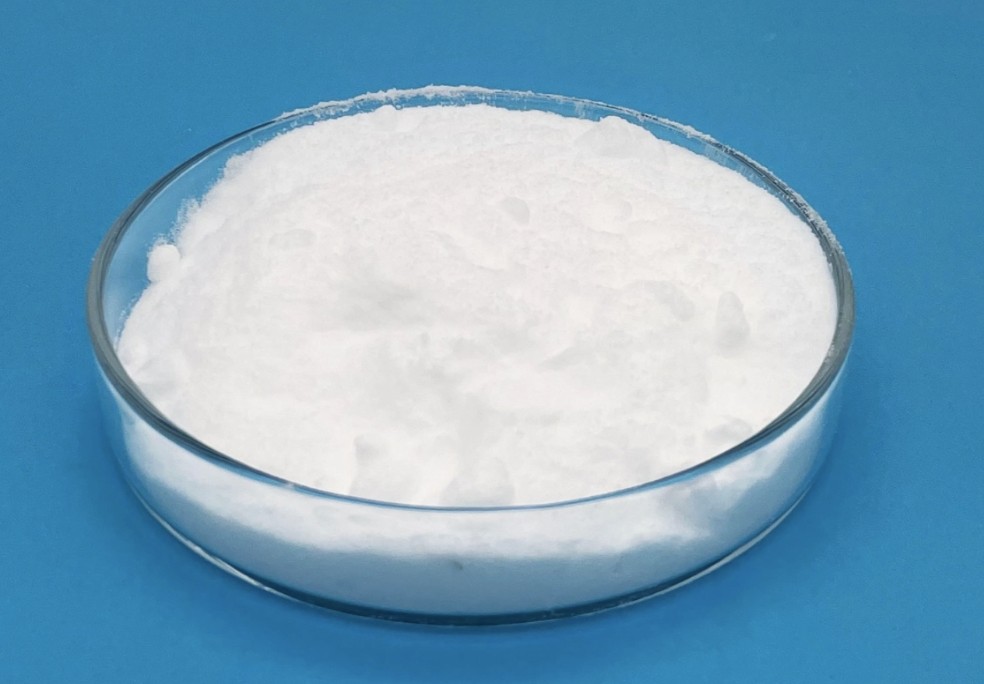Name: Dibucaine Hydrochloride
CAS No.: 61-12-1
Formula: C20H30ClN3O2
Molecular Weight: 379.98
Synonyms: 4-Quinolinecarboxamide,2-butoxy-N-[2-(diethylamino)ethyl]-, monohydrochloride (9CI);Cinchoninamide,2-butoxy-N-[2-(diethylamino)ethyl]-, monohydrochloride (8CI);2-Butoxy-N-(2-diethylaminoethyl)cinchoninamide hydrochloride;2-Butoxy-N-(2-diethylaminoethyl)cinchoninic acid amide hydrochloride;2-n-Butoxy-N-(2-diethylaminoethyl)cinchoninamide hydrochloride;Benzolin (local anesthetic);Cincaine;Cincaine chloride;Cinchocainehydrochloride;Cinchocainium chloride;Nupercainehydrochloride;Percain;Percaine;Percamin S;Sovcain;Sovcaine;
EINECS: 200-498-1
Density: 1.071g/cm3
Melting Point: 99-101 °C(lit.)
Dibucaine hydrochloride is a local anesthetic of the amide type now generally used for surface anesthesia. It is one of the most potent and toxic of the long-acting local anesthetics and its parenteral use is restricted. The drug blocks both the initiation and conduction of nerve impulses by decreasing the neuronal membrane's permeability to sodium ions. This reversibly stabilizes the membrane and inhibits depolarization, resulting in the failure of a propagated action potential and subsequent conduction blockade.
In combination sodium dibucaine hydrochloride is administered to dogs to induce rapid, humane, painless euthanasia. The euthanasia solution is toxic to wildlife. Euthanized animals must be properly disposed of by deep burial, incineration or other method in compliance with state and local laws.
1. Dibucaine hydrochloride is a local anesthetic of the amide-type now generally used for surface anesthesia. It is one of the most potent and toxic of the long-acting local anesthetics and its parenteral use is restricted.
2. The drug blocks both the initiation and conduction of nerve impulses by decreasing the neuronal membrane's permeability to sodium ions. This reversibly stabilizes the membrane and inhibits depolarization, resulting in the failure of a propagated action potential and subsequent conduction blockade. In combination sodium, dibucaine hydrochloride is administered to dogs to induce rapid, humane, painless euthanasia. The euthanasia solution is toxic to wildlife. Euthanized animals must be properly disposed of by deep burial, incineration, or other methods in compliance with state and local laws.
| Item |
Standard |
Test Results |
| Loss on drying |
≤2.0% |
0.19% |
| Heavy metals |
≤10 ppm |
<10ppm |
| Water |
≤1.0% |
0.10% |
| Sulphated ash |
≤0.5%, determined on 1.0 g. |
0.01% |
| Related substances |
Unspecified impurities: for each impurity |
≤0.10% |
<0.10% |
| Total Impurity |
≤0.5% |
0.18% |
| Purity |
≥99.0% |
99.70% |
| Assay |
99.0%~101.0% (anhydrous substance). |
99.80% |
| Microbiological Analysis |
| Total plate count |
≤1000cfu/g |
Complies |
| Salmonella |
Absent |
Negative |
| Storage |
Preserve in well-closed, light-resistant and airtight containers. |
Complies |






















